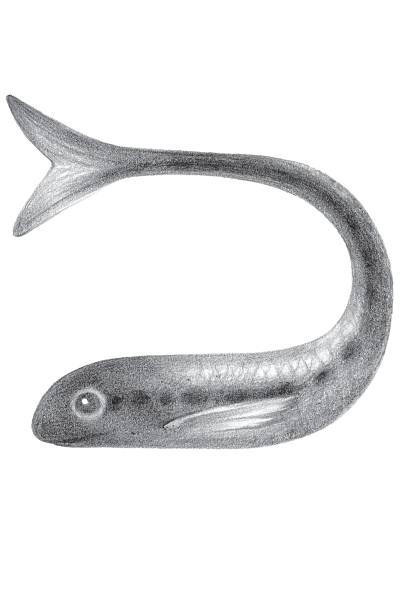Brugmansia in Himchal Pradesh at the foothills of the Himalayas. 2014.
Angel’s Trumpet
Pejí, Toé
Latin Name: Brugmansia suaveolens
Solanacae: Nightshade Family
Description: Angel’s Trumpet is an herbaceous cultivated plant which usually reaches the size of a large shrub (3-4 meters). The leaves are slender and are alternate in arrangement, cordate to lanceolate in shape and have entire margins. They typically range in size from 8-15cm long by 3-5cm wide. The large pendant flower is a funnelform with a white or white base turning pink towards the apex, although buds may be yellowish. The flowers are showy and large (20-25 cm!) and bloom in abundance.
Uses: The leaves of Angel’s Trumpet are used to treat various aches and pains[1]. Several indigenous communities across the Amazon basin use the flowers of the plant as a master-level psychoactive potion. The leaves or flowers are one of the additives sometimes used in the ayahuasca sacrament and the infamous arrow-posion curare [2].
While researching When Plants Dream I learned that in 1880, Angel’s Trumpet (colloquially known throughout the Amazon basin today as toé - ‘toe-eh) was popularized in the West by the German chemist Albert Ladenburg who isolated hyoscine, also known as scopolamine. The alkaloid scopolamine was celebrated in the medical community for its ability to decrease the secretion of bodily fluids and relieve nausea related to motion sickness (in a 1914 issue of McClure’s Magazine, scopolamine was said to have “abolished the primal sentence of the scripture: in sorrow thou shall bring forth children.”) While it is no longer used to ease the pains of child birth, scopolamine is still used as an anesthetic in hospitals today.
A friend of mine once noted that toé only grows near human communities – it is a cultivated plant and is seldom found in the wild. The flowers emit a heady fragrance when in full bloom. I’ve observed it tends to flower most around full moon times.
No toé story is complete without mention of its more clandestine uses as a powerful disassociative and deliriant. Sometimes known as ‘devil’s breath’ in Colombia, a powder made from the seeds of the plant can intoxicate a person, temporarily transforming them into a complacent zombie happy to punch their PIN code into an ATM and fork cash over to their druggers.
The Secoya of Ecuador call this plant pejí. Its use is reserved for extremely-experienced ukuke-yaje (initiated yagé - or ayahuasca- drinkers). Ethnobotanist Jonathon Miller Weisberger, author of Rainforest Medicine (2013) told me the Secoya will cocoon the peji drinker in a hammock with rope to prevent the writhing, disassociated initiate from running off into the woods. One of my favorite descriptions of a toé ritual comes from Fernando Payaguaje (Secoya) in his book The Yagé Drinker:
“The truth is that it’s scary to swallow that thick pejí … it has a very unpleasant smell and a taste that’s even worse. Besides, you usually vomit instantly, but you do it into a bowl so you can swallow it again. If you vomit the pejí on the ground or on the floor, you won’t have visions. All you’ll see is an immense land where you remain as if you were buried. It’s so pasty that it’s not easy to swallow, so you have to push it down your throat with your fingers. All of this is embarrassing, disgusting, and also frightening.”
Considering its penchant for causing cardiac arrest and the regurgitation ordeal described by Payaguaje, I feel like it’s safe to say toé is not for the faint of heart.
Unfortunately toé has become a popular ayahuasca admixture for enterprising ayahuasqueros seeking to induce more dazzling changes in perception for Westerners visiting the Amazon, demanding a quick and easy visionary experience. This has caused unknown cases of abuse (sexual and other) and in one case, a death in 2014.
This plant is truly a ‘master plant’ whose use should be reserved only by those with many years of experience working with Amazonian plants under the supervision of someone who has also undergone the process of working with this plant.
[1] Schultes and Raffauf. The Healing Forest: Medicinal and Toxic Plants of Northwest Amazonia. 1996.
[2] Duke, James. Amazonian Ethnobotanical Dictionary. 1994.

